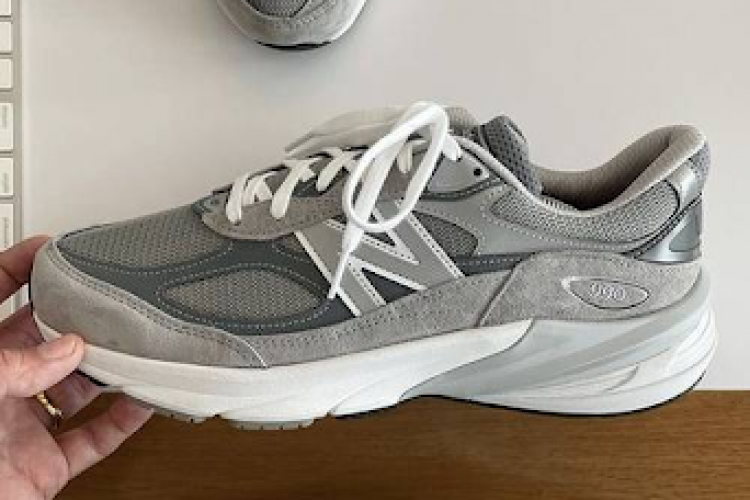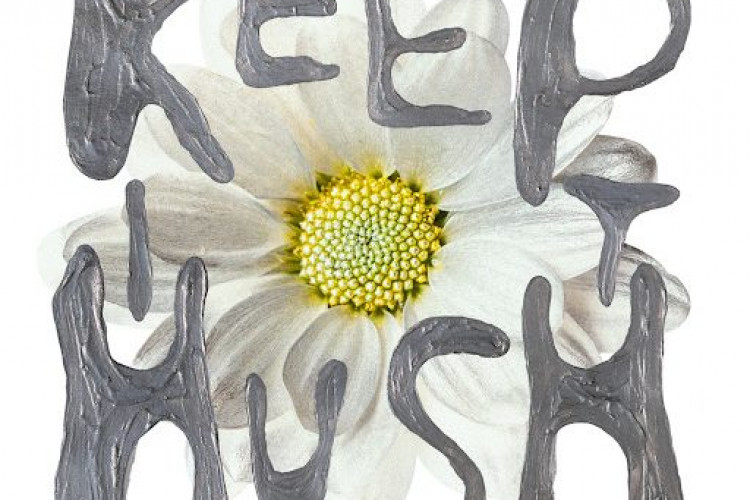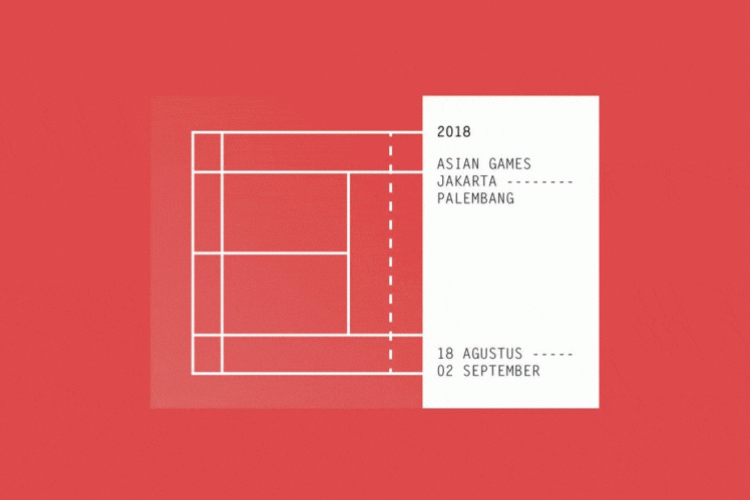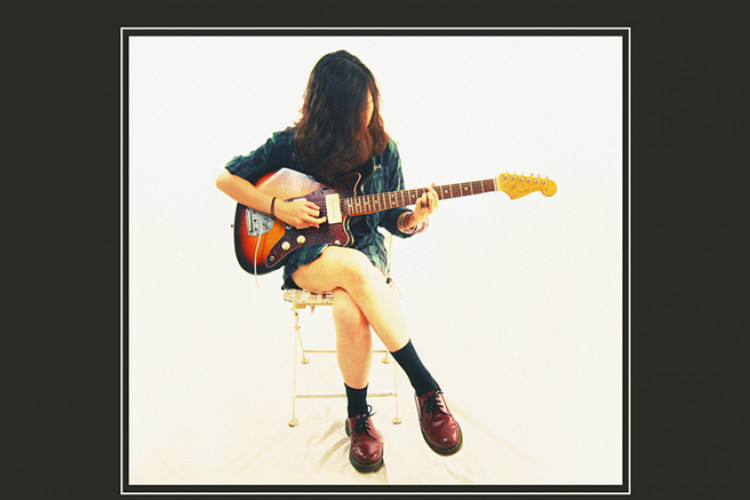The Graphic Designer’s Role with Cecil Mariani
ADGI Jakarta's Rege Indrastudianto (R) talks to graphic designer Cecil Mariani (C).
by Ken Jenie
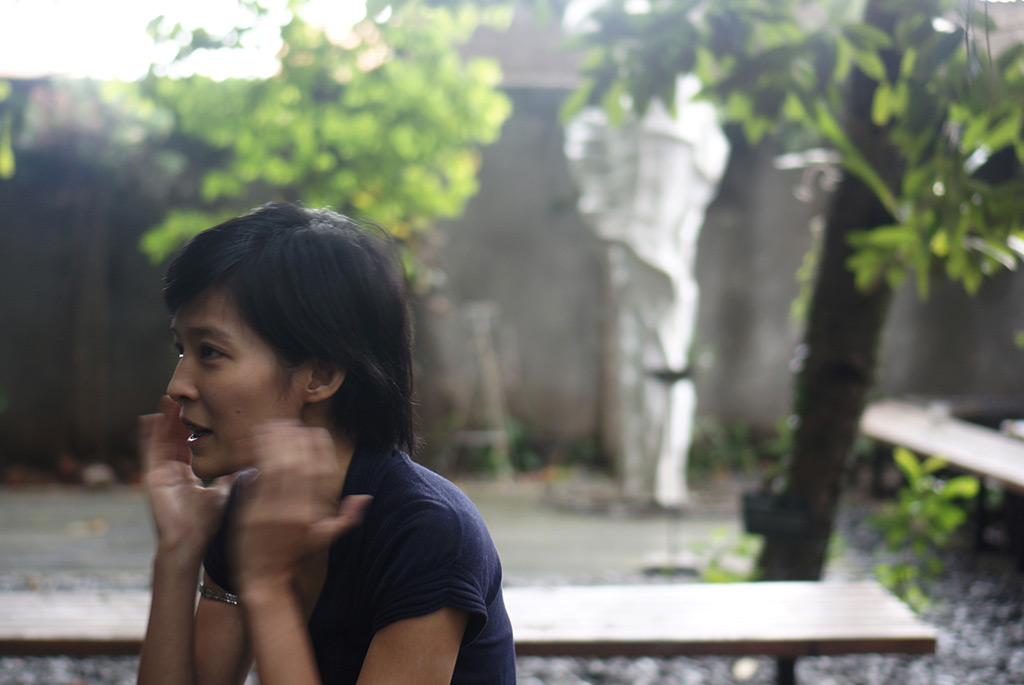
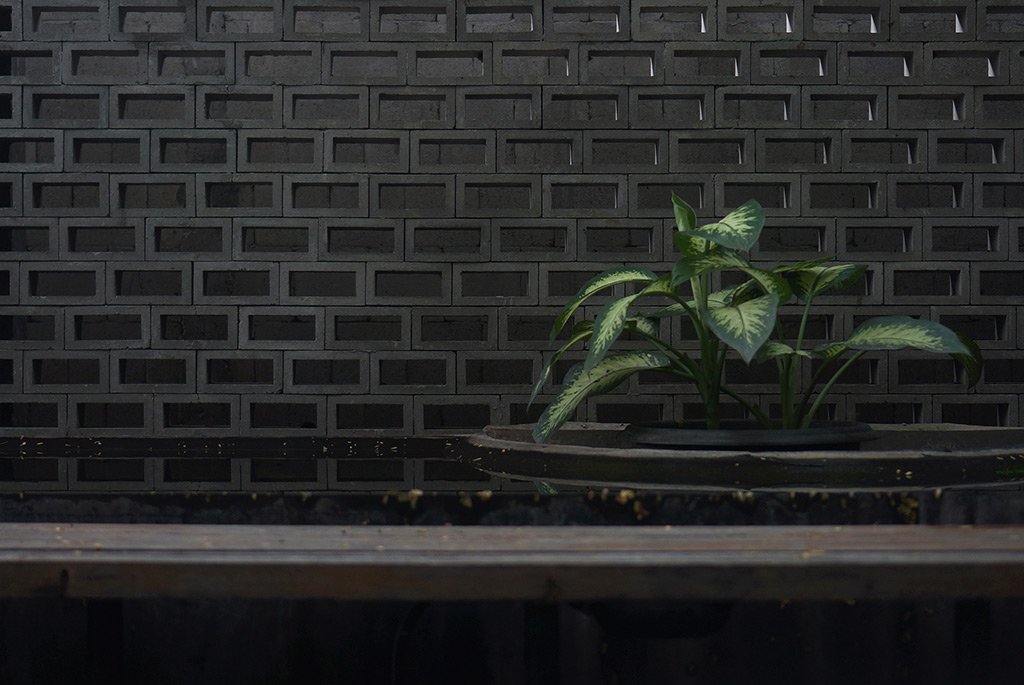
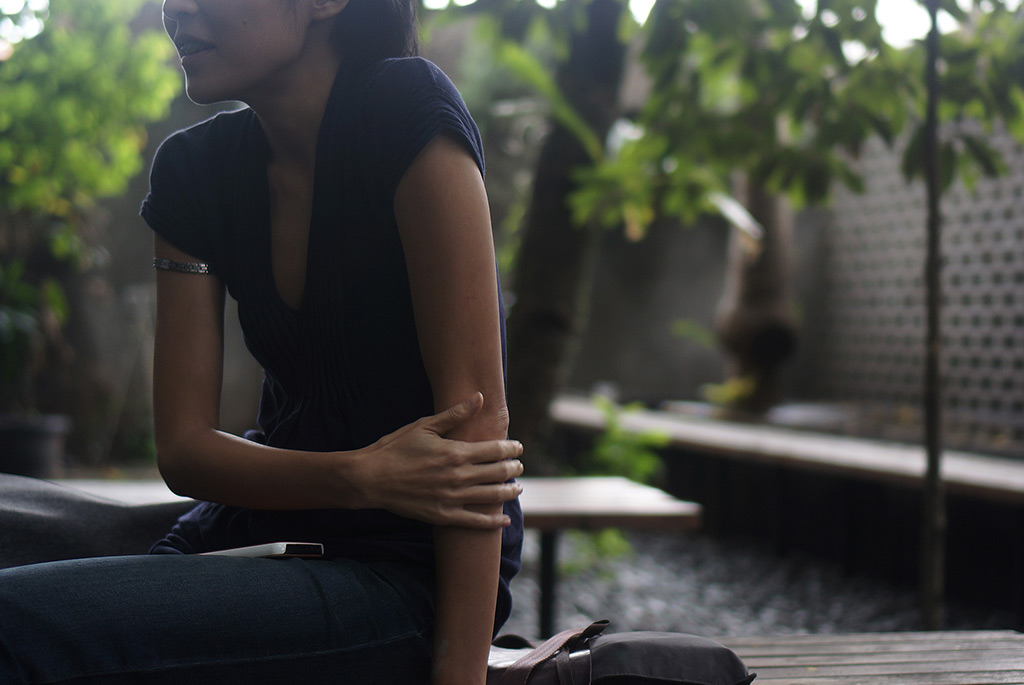
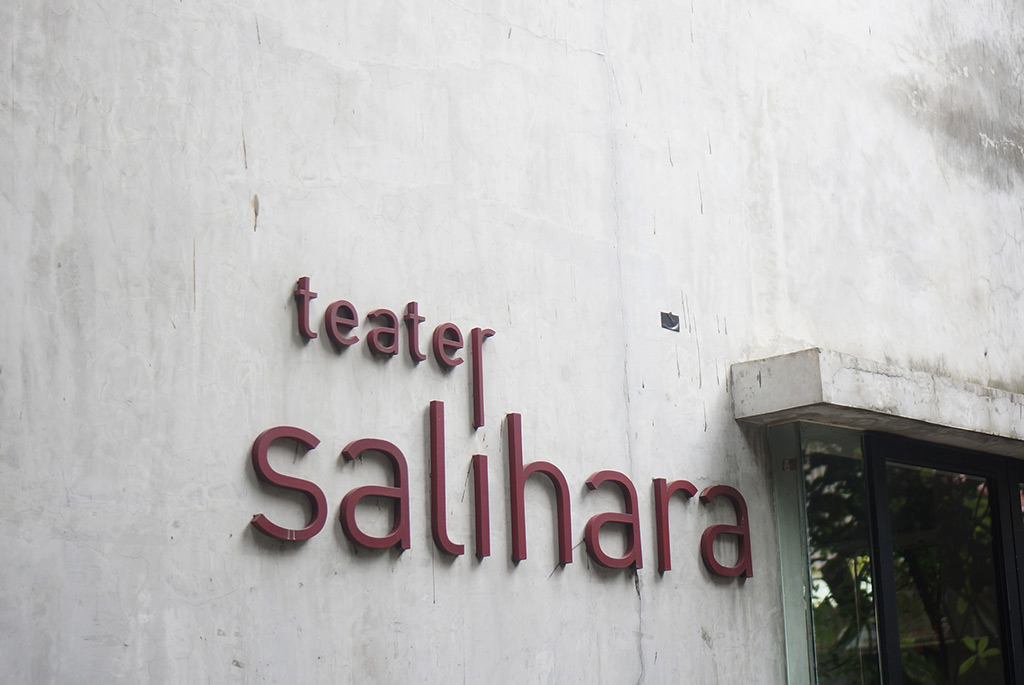
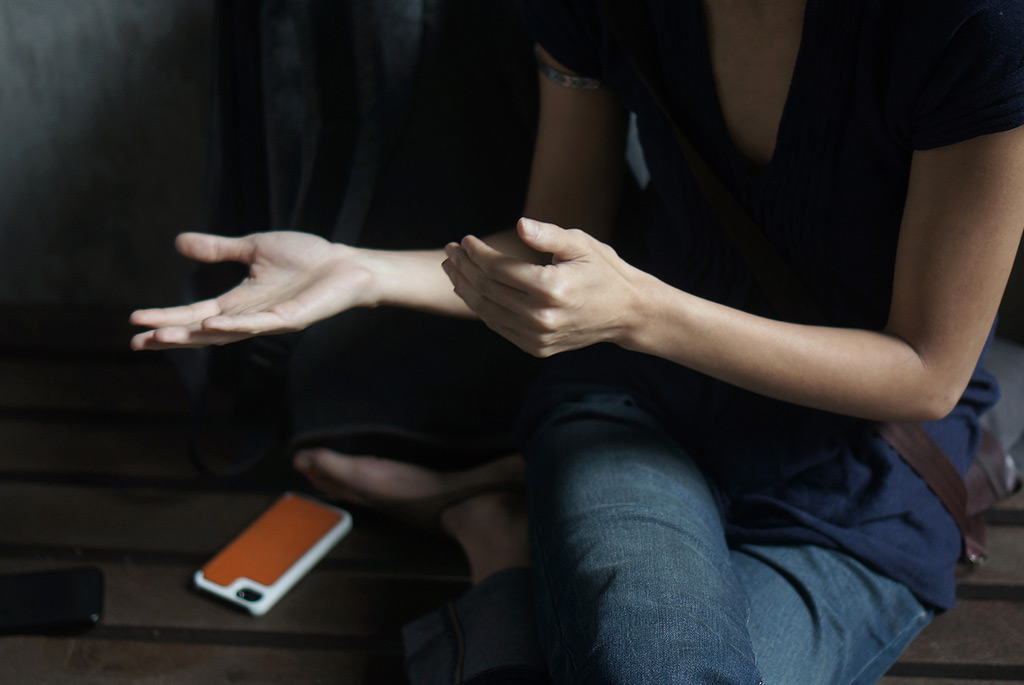
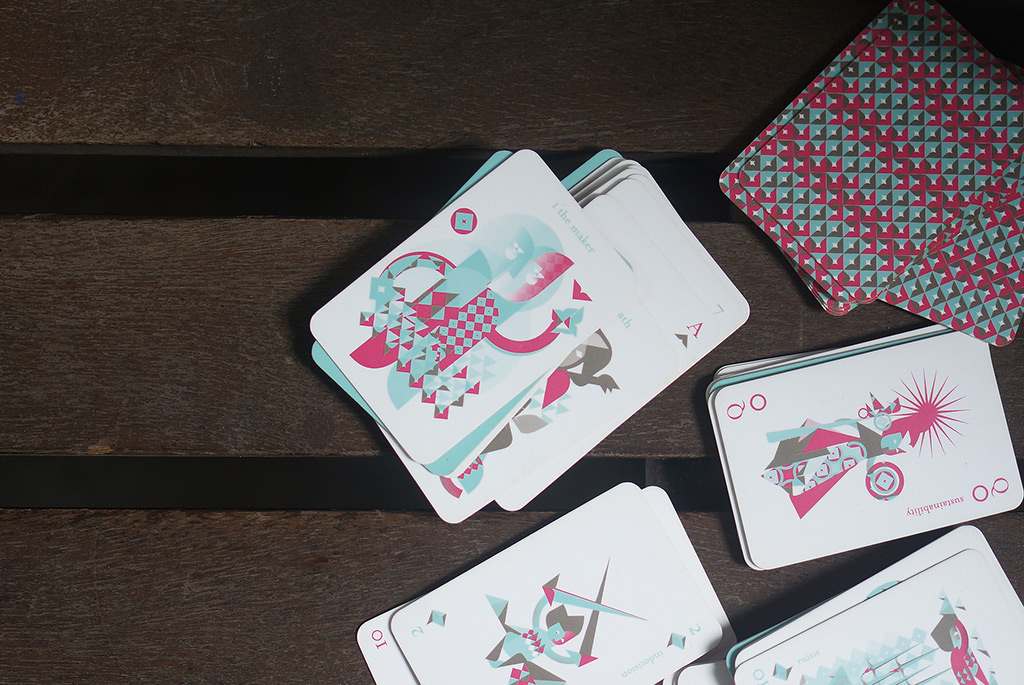
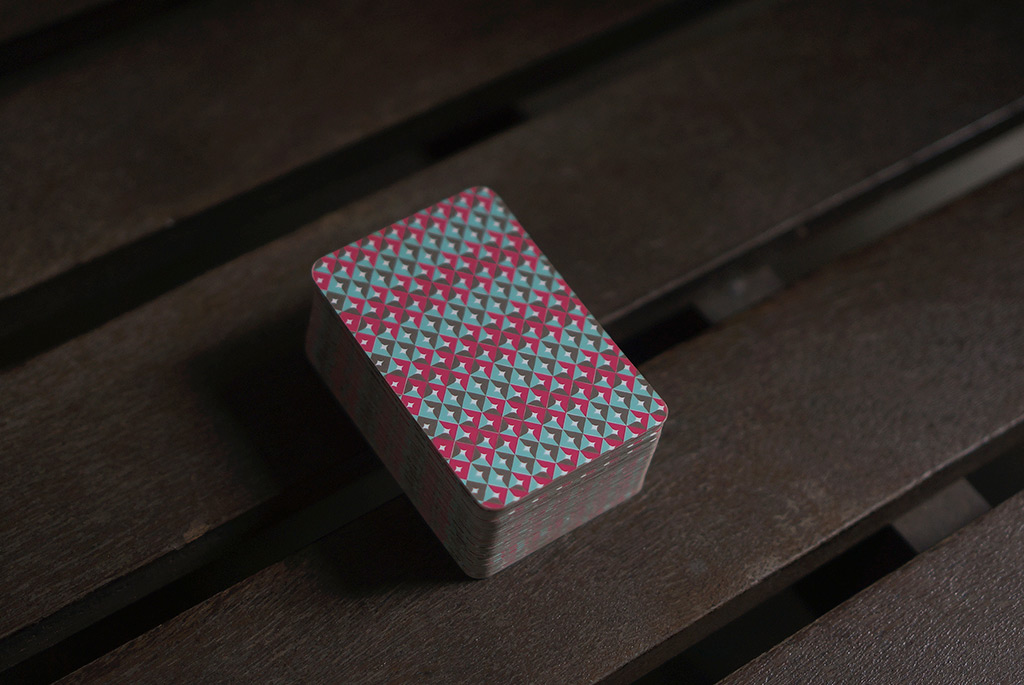
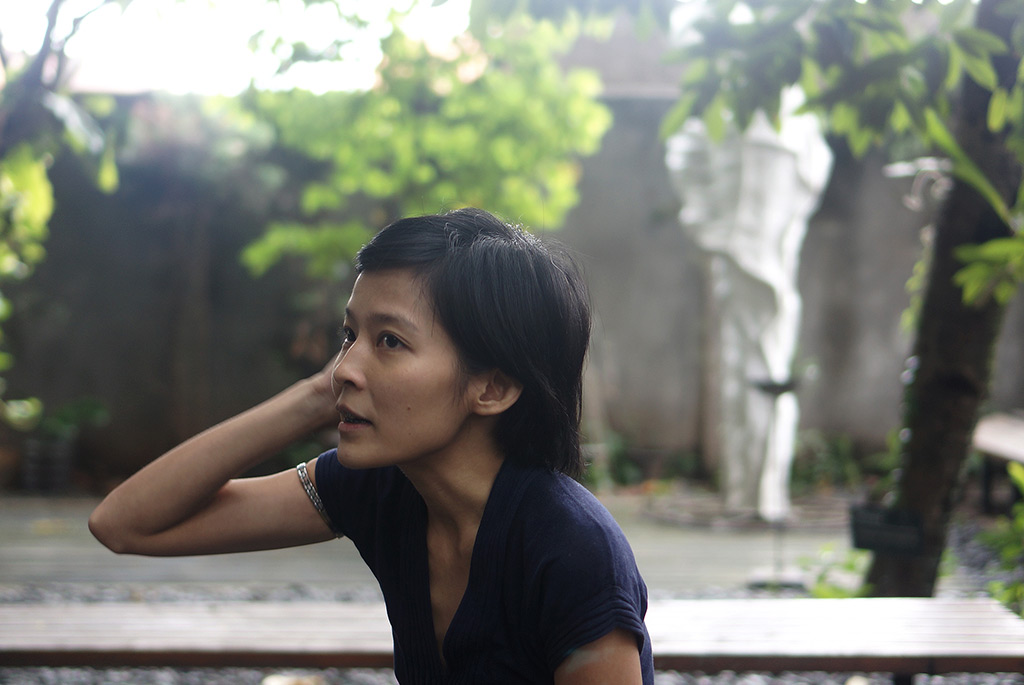
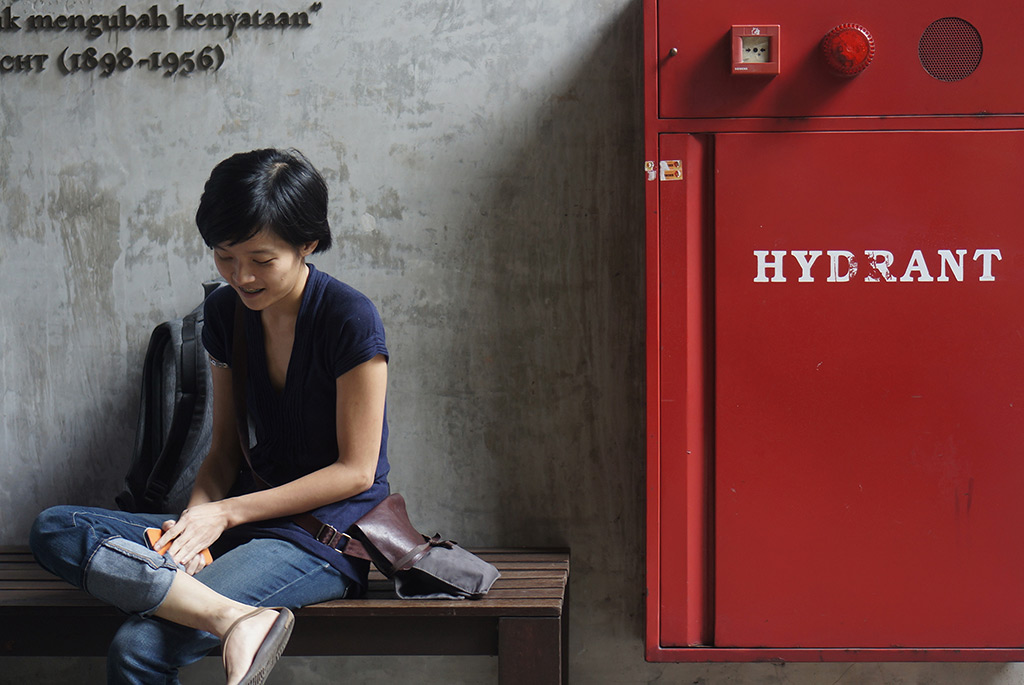
R
How did you get acquainted with the world of graphic design?
C
My first encounter with graphic design was back in Tarakanita high school – Zinnia was one of my seniors, and at the time, they did a presentation of the field of graphic design. I only knew about art before I watched their presentation. I drew since I was 3 years old, and my parents played a big part on my affection towards the art world, they always supported and praised me whenever I drew. They even enlisted me to many painting competitions. It was in the ’80s and almost every Sunday there were painting contests, and I won some of the competitions. Davy Linggar was one of the people that I usually saw in such contest. Junior high through high school, I had stopped painting because I got bored with it (laughs).
R
What made you interested in becoming a graphic designer?
C
It was kind of accidental – when I had to decide my major before going to college, I almost chose a fine arts major. But since I have never been content to stay at home and feared that majoring in fine arts will complicate my earnings when I graduated so that I was forced to stay at home, I decided to choose major in graphic design. And apparently, by the time I went to college, I did enjoy most of the graphic design lectures because it was a hybrid of fine art and communication engineering. It turned out to be an exciting ride.
R
How did you pursue a career as a graphic designer in New York?
C
Since I was a little girl, I always had the desire to study abroad, and after graduating from college, I became more curious about learning design abroad. I did not study abroad immediately after I graduated though, I had to work to survive – pay the rent and all of that stuff. At that moment, I didn’t find the happiness that I was looking for, it also came to the point where I did not want to be a graphic designer anymore. I felt burned out – I also got into the children’s book publishing, but I didn’t find pleasure there either. I really liked the world of arts and culture, and I was thinking that it might be fun to work on a project for the world of arts and culture.
But as soon after I did an art and culture project, I found out that work of this kind did not get good pay, I finally got tired of it too. I applied for scholarship programs several times, but I never got them. At that time, I was 33 years old, and I felt that this was the deadline for me to pursue a scholarship, I began to really work on it and my proposal finally passed through. But then I panicked, due to the large down payment fee for the school – I was not able to sleep for two days. I finally started the project “tuatuasekolah”- almost like a crowdfunding project, selling books. Luckily, there are many people who were interested in buying my book. Perhaps it was because they felt sorry for me (laughs).There are two friends who joined this project later on, making the project run smoothly.
Weeks before I went to New York, I was still somewhat burdened with expensive tuition fees. Eventually I worked pretty hard at that time, I had my day job, and at night I sold the books, and on weekends I sold books as well. Almost a week before my scheduled departure, finally I got my scholarship from DIKTI, it was really a relief for me. I was quite touched too because my circle of friends in the art world such, Komunitas Salihara and Ruang Rupa helping me to amplify “tuatuasekolah” project to make my Graduate study possible. Finally I went there, studied for my master, and after graduated, it was easy for me to get a job.
R
Staying in New York, you lived in an environment where the graphic design associations have been established-one of which is the AIGA (American Institute of Graphic Arts), how do they affect the development of the graphic design scene, and how important is the existence of those community/association to the graphic designers?
C
The one thing that is noticeably from AIGA existence to the development of me as a graphic designer is that they provide tools, forum, programs and studies to support design as professions and bridge the gap between educational institutes with existing industry of graphic design. There are some important figures from the graphic design industry that are the member of AIGA. Whenever AIGA holds an event, it is always fully-packed, because it always has the “superstars” of design. In addition to that, they also have presentations that are always interesting. AIGA is very helpful in terms of showcasing new designers. They also publish guidelines for the industry about what can be expected of a graphic designer.
But besides AIGA, there a lot of associations, some are unions where they also publish basic rules regarding wage standards, which simultaneously provide protection for workers to avoid the abuse from the industry. There is also Graphic Artist Guild-whose scope is more general than AIGA, they include animators, illustrator and all sorts of professions related to art and graphic design. We have the freedom to become a member of various existing associations.
R
What can ADGI learn from those associations in New York, and what do you think will be the ideal work plan for the future of ADGI?
C
Perhaps the most important thing to do is to map out the problems that have been encountered with regard to the graphic design profession in Indonesia. And also to determine the main vision of the organization, for example, if the main vision is about the education of graphic design, then what should be done is to work with a wide variety of design educational institutions and also build informal education forums. If the main vision and mapping have been formed, it will be easier to determine priorities, on which the crucial issues can be resolved first.
R
You play around with the dimensions, folds and modes in your works, is this your signature, and how do you find this style?
C
Actually, those style are just the results of experiments that I did. I never sought nor pursued a particular style. I did apply that style on some of my works on Behance. In one of my works related to contemporary music, a subject usually done by using abstract style, I conducted an experiment with the structure of language. Typically, musicians preparing a composition will tune their instrument. I tried the same treatment with my medium, so I ‘tuned’ my poster paper. I tuned my papers using octave ranges, using mathematical-exponential approach, the method is similar to finding the golden ratio. On a string instrument, the higher the pitch – the tighter the sine wave, and the lower the tone – the looser. In this project, I conducted experiments using the language of the two disciplines, taking existing structures in music and applied it visually.
R
So, those folds and modes are not your signature?
C
If I were to broadly define my work, it would be that many ideas emerged from experiments.
R
One of your most memorable work is your cooperation with the Salihara Community, can you tell us about your approach to this project?
C
At first, Salihara Community held a competition for that project, but, unfortunately, the entries submitted for the competition didn’t meet the requirements. Since I’ve done a few collaboration with Mr. Goenawan Muhammad and Mr. Toni Prabowo from Salihara, they decided to call me to do their identity. And they happened to choose my pitch. Because of this project, they usually call me if they need some assistance on graphic design matters. Personally, it is an honor and I really like working with them, it feels like I really connect with them.
R
Is there any interesting story from the project?
C
The most interesting moment happened when I pitched my ideas to the board of Salihara. Salihara community consists important people in the world of Indonesian literature, watching them debating over design concepts is very-very interesting. Their interpretations of my work is very intellectual and complicated, when in fact I did not think about the concept as deeply as they did (laughs). After the pitching process in Salihara, I also got to learn new things, which is how to present a paper on a proper manner. I usually didn’t put that much thought on my work, because it is usually not too difficult to talk to clients. Experiencing a design presentation in front of those notable writers changed me a lot (laughs). And I will always remember that doing a design project for writers will never be an easy job, because they always have a very deep perspective of the text, and they really the appearance of text on the designs. That is why we have a lot of quotes highlighted in Salihara’s signage, there is Chairil Anwar’s on the tavern, in the theater as well, it is a custom for the writers.
R
As a profession that is becoming more and more essential in modern society, how do you see the role of the graphic designer in the development of a city, and what can be done as a graphic designer to make change in Jakarta?
C
For me, every graphic designer has the opportunity to choose the roles they would like to take. Because basically, “design” itself is a tool, and it will not define the personal culprit. For example, a graphic designer can be a father, and you can approach both in a similar fashion. Me personally, I am still pursuing the answer for this concept, and it is one of the reasons I am furthering my studies. Because I assume that graphic design should not be limited to the concept of the serving the industry. How to position a graphic designer as a tool in the concept of “agent of change” also needs to be found.
Confronted with the problems of the city, I see that graphic designers could take a position in terms of policy making. In some European countries, such as Germany and the UK, the government always invites graphic designers to participate in the decision-making process, because they know that the graphic designer has an important perspective on human relations. But I see that the decision to take the role of anything in city problems exists in the hands of a graphic designer itself, it is a challenge for them.
R
Do you think that the graphic designer’s role in the society is in the policy making?
C
Not necessarily. A graphic designer as a maker also has a chance to be the agent of change. For example, we can make something that has a small effect on society, but has the potential to create a large effect in the future. Sometimes, big problems can be solved with small steps.
R
Have you seen problems in the city that touches you personally?
C
Maybe this is not directly related to the problems of the city, but I see that financial independence as one of the problems that touched me personally (laughs). Being in the industry often makes me feel burn-out-for meager wages. I also feel the same way when speaking with artists, they are highly dependent on funding, and they having difficulties to sustain their work without money from funding. I did research on this matter and found that the global economic system is indeed unfair.
As the global economic crisis in 2008, a lot of funding for art institutions were cut and even stopped. It’s ironic, how creative people relying their life on a dime from the big corporations. And this became one of personal obsession for me to find a solution to this problem. Actually, I have a scheme to solve this economic independence matter, to make some kind of bank owned jointly by the creative community. So instead of investing in a bank owned by a corporation, we put our money in the bank that is run by the creative community / arts community, almost like the concept of “koperasi”. Mutual subsidy. It was my thesis for my college at first. But I plan to realize the concept of this year.
R
Now everyone can become a designer, but, on the other hand, it has been stated that a true graphic designer has a special mindset that is different from the mindset of the public. In general, what do you think the difference is, and how big is the influence of educational institutions in the development of this mindset?
C
From what I’ve seen, school is not the dominant influence in the development of one’s mindset. It is the real daily life experience that is more influential to the mindset. And the experience will be the real help for us to develop our skills. Problems faced in real life and all the obstacles will hone our creative mindset.
R
Graphic design as a profession is synonymous with commercial work, how do you see the importance of non-commercial jobs for the skill and knowledge development for a graphic designer?
C
This commercial job is inevitable for any graphic designer, but I did learn quite a lot from them. The only problem is how to balance the commercial work with the non-commercial ones. Because if it’s too much confined to the commercial work we will get stuck and tend to repeat the same patterns in the works.
So, to find the balance on it, we need to develop knowledge and experiment so the quality of our work will also grow.
R
Do you have any suggestion to the young graphic designer who will plunge into the industry?
C
Do not limit yourself to the term of “graphic designer”, do not ever think that graphic designer is limited to a cubical profession, and although it is not a problem as well if one does really like that principle. However, it is important to be aware that there are a lot of other things that can be studied in the field of design that is capable of enriching our minds. With our understanding of new things and new media, we have a wider palette so we can do a lot of different things.
R
What are the future projects of Cecil Mariani?
C
I will work on my creative bank project. Right now, the project name is “Upacita”. I still have to deal with the legal issues, while also looking for an appropriate financial concept to be adopted. I really hope that this concept will create a climate that supports a sustainable art-making experience, without having to wait for funding to build some art projects. Because even on overseas, they already started to leave those funding-system anyway.
This article is in cooperation with Asosiasi Desain Grafis Indonesia Jakarta Chapter.








